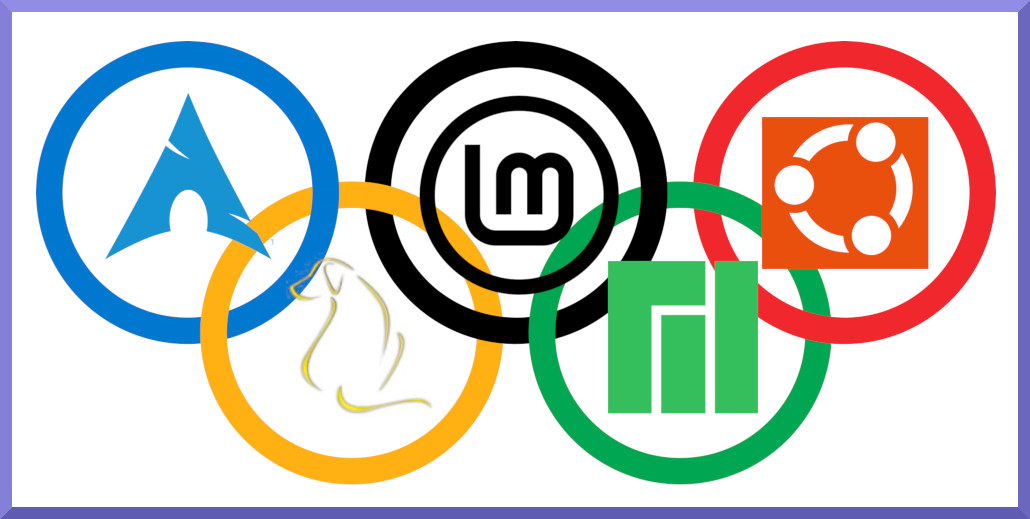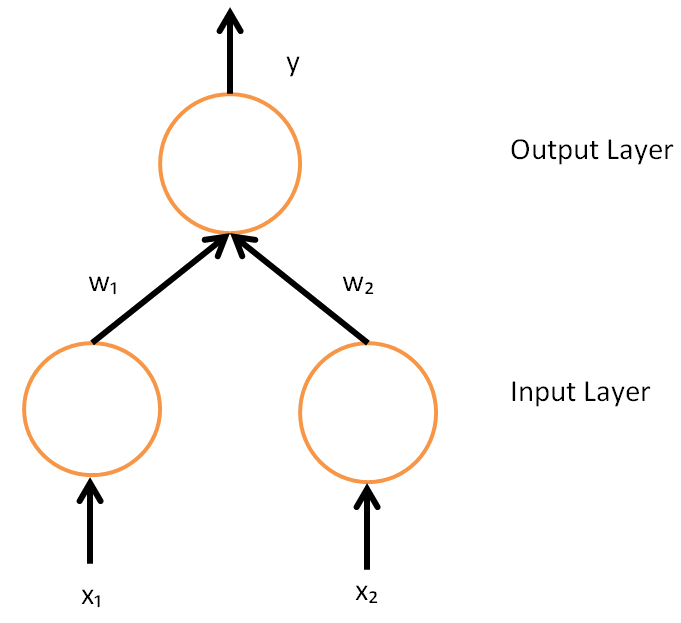|
Neurogammon
Neurogammon is a computer backgammon program written by Gerald Tesauro at IBM's Thomas J. Watson Research Center. It was the first viable computer backgammon program implemented as a neural net, and set a new standard in computer backgammon play. It won the 1st Computer Olympiad in London in 1989, handily defeating all opponents. Its level of play was that of an intermediate-level human player. Neurogammon contains seven separate neural networks, each with a single hidden layer. One network makes doubling-cube decisions; the other six choose moves at different stages of the game. The networks were trained by backpropagation from transcripts of 400 games in which the author played himself. The author's move was taught as the best move in each position. In 1992, Tesauro completed TD-Gammon, which combined a form of reinforcement learning with the human-designed input features of Neurogammon, and played at the level of a world-class human tournament player. See also *World Backgamm ... [...More Info...] [...Related Items...] OR: [Wikipedia] [Google] [Baidu] [Amazon] |
TD-Gammon
TD-Gammon is a computer backgammon program developed in the 1990s by Gerald Tesauro at IBM's Thomas J. Watson Research Center. Its name comes from the fact that it is an artificial neural net trained by a form of temporal-difference learning, specifically temporal-difference learning#TD-Lambda, TD-Lambda. It explored strategies that humans had not pursued and led to advances in the theory of correct backgammon play. In 1993, TD-Gammon (version 2.1) was trained with 1.5 million games of self-play, and achieved a level of play just slightly below that of the top human backgammon players of the time. In 1998, during a 100-game series, it was defeated by the world champion by a mere margin of 8 points. Its unconventional assessment of some opening strategies had been accepted and adopted by expert players. TD-gammon is commonly cited as an early success of reinforcement learning and neural networks, and was cited in, for example, papers for deep Q-learning and AlphaGo. Algorithm for p ... [...More Info...] [...Related Items...] OR: [Wikipedia] [Google] [Baidu] [Amazon] |
1st Computer Olympiad
The Computer Olympiad is a multi-games event in which computer programs compete against each other. For many games, the Computer Olympiads are an opportunity to claim the "world's best computer player" title. First contested in 1989, the majority of the games are board games but other games such as bridge take place as well. In 2010, several puzzles were included in the competition. History Developed in the 1980s by David Levy, the first Computer Olympiad took place in 1989 at the Park Lane Hotel in London. The games ran on a yearly basis until after the 1992 games, when the Olympiad's ruling committee was unable to find a new organiser. This resulted in the games being suspended until 2000 when the Mind Sports Olympiad resurrected them. Recently, the International Computer Games Association (ICGA) has adopted the Computer Olympiad and tries to organise the event on an annual basis. In the year 2024, parody websitMike Row Softadded an image of the Olympics with various Lin ... [...More Info...] [...Related Items...] OR: [Wikipedia] [Google] [Baidu] [Amazon] |
Computer
A computer is a machine that can be Computer programming, programmed to automatically Execution (computing), carry out sequences of arithmetic or logical operations (''computation''). Modern digital electronic computers can perform generic sets of operations known as Computer program, ''programs'', which enable computers to perform a wide range of tasks. The term computer system may refer to a nominally complete computer that includes the Computer hardware, hardware, operating system, software, and peripheral equipment needed and used for full operation; or to a group of computers that are linked and function together, such as a computer network or computer cluster. A broad range of Programmable logic controller, industrial and Consumer electronics, consumer products use computers as control systems, including simple special-purpose devices like microwave ovens and remote controls, and factory devices like industrial robots. Computers are at the core of general-purpose devices ... [...More Info...] [...Related Items...] OR: [Wikipedia] [Google] [Baidu] [Amazon] |
Backgammon
Backgammon is a two-player board game played with counters and dice on tables boards. It is the most widespread Western member of the large family of tables games, whose ancestors date back at least 1,600 years. The earliest record of backgammon itself dates to 17th-century England, being descended from the 16th-century Irish (game), game of Irish.Forgeng, Johnson and Cram (2003), p. 269. Backgammon is a two-player game of contrary movement in which each player has fifteen piece (tables game), pieces known traditionally as men (short for "tablemen"), but increasingly known as "checkers" in the United States in recent decades. The backgammon table pieces move along twenty-four "point (tables game), points" according to the roll of two dice. The objective of the game is to move the fifteen pieces around the board and be first to ''bear off'', i.e., remove them from the board. The achievement of this while the opponent is still a long way behind results in a triple win known as a ' ... [...More Info...] [...Related Items...] OR: [Wikipedia] [Google] [Baidu] [Amazon] |
Thomas J
Clarence Thomas (born June 23, 1948) is an American lawyer and jurist who has served since 1991 as an associate justice of the Supreme Court of the United States. President George H. W. Bush Clarence Thomas Supreme Court nomination, nominated him to succeed Thurgood Marshall. After Marshall, Thomas is the second African Americans, African American to serve on the U.S. Supreme Court and has been its List of United States Supreme Court justices by time in office, longest-serving member since Anthony Kennedy's retirement in 2018. He has also been the Court's oldest member since Stephen Breyer retired in 2022. Thomas was born in Pin Point, Georgia. After his father abandoned the family, he was raised by his grandfather in a poor Gullah community near Savannah, Georgia. Growing up as a devout Catholic, Thomas originally intended to be a priest in the Catholic Church but became dissatisfied with its efforts to combat racism and abandoned his aspiration to join the clergy. He gradua ... [...More Info...] [...Related Items...] OR: [Wikipedia] [Google] [Baidu] [Amazon] |
Artificial Neural Network
In machine learning, a neural network (also artificial neural network or neural net, abbreviated ANN or NN) is a computational model inspired by the structure and functions of biological neural networks. A neural network consists of connected units or nodes called '' artificial neurons'', which loosely model the neurons in the brain. Artificial neuron models that mimic biological neurons more closely have also been recently investigated and shown to significantly improve performance. These are connected by ''edges'', which model the synapses in the brain. Each artificial neuron receives signals from connected neurons, then processes them and sends a signal to other connected neurons. The "signal" is a real number, and the output of each neuron is computed by some non-linear function of the sum of its inputs, called the '' activation function''. The strength of the signal at each connection is determined by a ''weight'', which adjusts during the learning process. Typically, ne ... [...More Info...] [...Related Items...] OR: [Wikipedia] [Google] [Baidu] [Amazon] |
Backpropagation
In machine learning, backpropagation is a gradient computation method commonly used for training a neural network to compute its parameter updates. It is an efficient application of the chain rule to neural networks. Backpropagation computes the gradient of a loss function with respect to the weights of the network for a single input–output example, and does so efficiently, computing the gradient one layer at a time, iterating backward from the last layer to avoid redundant calculations of intermediate terms in the chain rule; this can be derived through dynamic programming. Strictly speaking, the term ''backpropagation'' refers only to an algorithm for efficiently computing the gradient, not how the gradient is used; but the term is often used loosely to refer to the entire learning algorithm – including how the gradient is used, such as by stochastic gradient descent, or as an intermediate step in a more complicated optimizer, such as Adaptive Moment Estimation. The ... [...More Info...] [...Related Items...] OR: [Wikipedia] [Google] [Baidu] [Amazon] |
Reinforcement Learning
Reinforcement learning (RL) is an interdisciplinary area of machine learning and optimal control concerned with how an intelligent agent should take actions in a dynamic environment in order to maximize a reward signal. Reinforcement learning is one of the three basic machine learning paradigms, alongside supervised learning and unsupervised learning. Reinforcement learning differs from supervised learning in not needing labelled input-output pairs to be presented, and in not needing sub-optimal actions to be explicitly corrected. Instead, the focus is on finding a balance between exploration (of uncharted territory) and exploitation (of current knowledge) with the goal of maximizing the cumulative reward (the feedback of which might be incomplete or delayed). The search for this balance is known as the exploration–exploitation dilemma. The environment is typically stated in the form of a Markov decision process (MDP), as many reinforcement learning algorithms use dyn ... [...More Info...] [...Related Items...] OR: [Wikipedia] [Google] [Baidu] [Amazon] |
World Backgammon Federation
The World Backgammon Federation (WBGF), formerly the European Backgammon Federation (EUBGF) until 2018, is the international body established to support and promote the tables game of backgammon worldwide. Their functions include the regulation of competition rules worldwide, the assessment and ranking of players and the establishment of regional governing bodies. Among their objectives is the legal recognition of backgammon as a mind sport at national and international levels. The WBGF is based in Schwaz, Austria.''World Backgammon Association'' at ucolours.com. Retrieved 4 March 2022. Members The national backgammon organisations of the following countries are members of the WBGF: |




